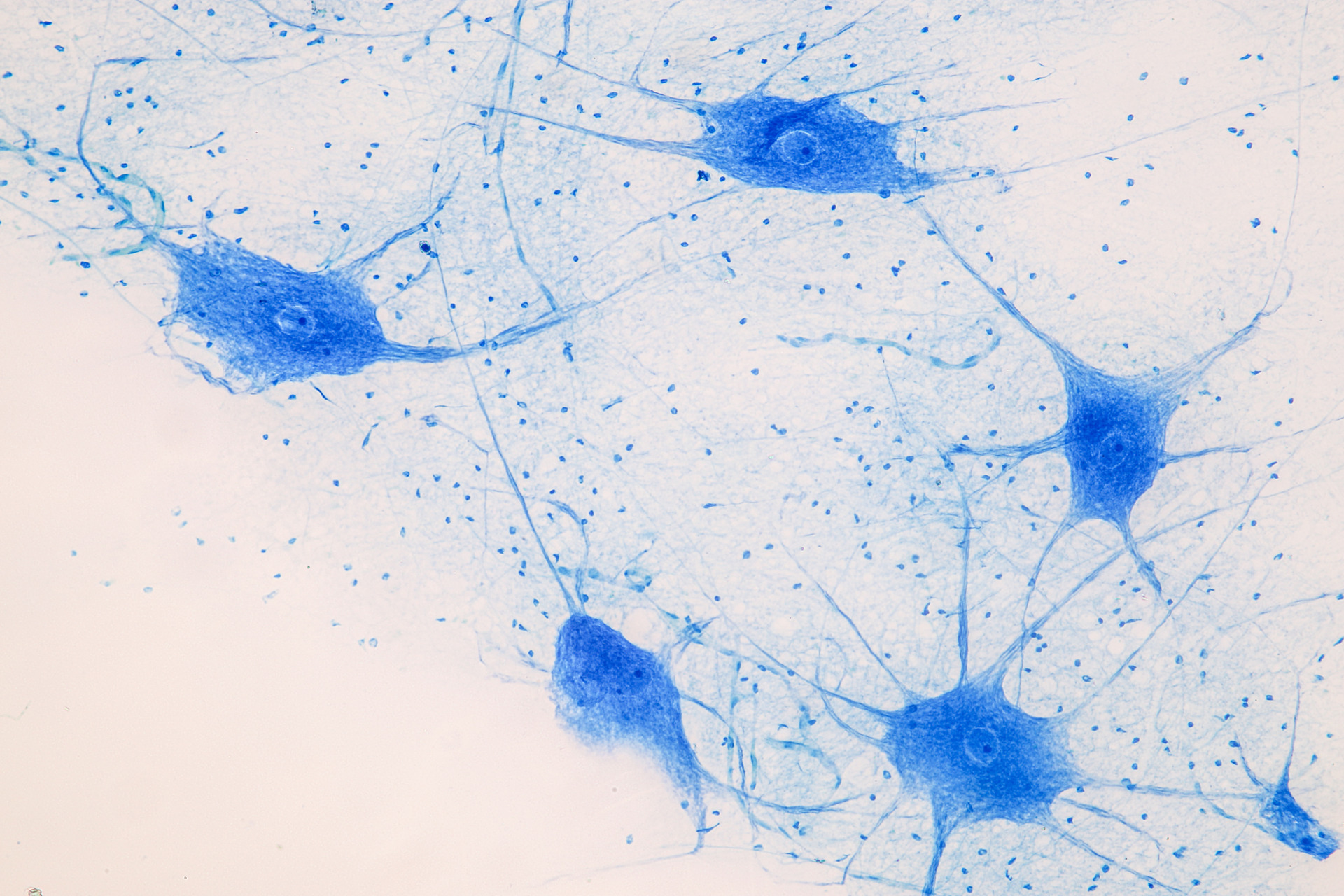The endocannabinoid system is an important piece of the puzzle when it comes to understanding the benefits of cannabis. Read on to learn more about this system of neurotransmitters.
The endocannabinoid system, the series of cannabinoid receptors throughout the human body, was named for the drug that sparked its discovery—cannabis. As researchers strove to learn more about how cannabis affected the human body, they discovered a series of cannabinoid receptors, which respond to cannabinoids produced by the body and those present in marijuana.
Cannabinoid receptors are found in the brain, organs, connective tissue, glands and immune cells, making them essential to the function of almost all parts of the human body. All animal species, with the exception of bugs, have an endocannabinoid system, and researchers believe it evolved approximately 600 million years ago. Though there are many gaps in the scientific knowledge of the endocannabinoid system, scientists have gathered a lot of information on its function within the human body.
The endocannbinoid system responds to both endocannabinoids, which are cannabinoids produced within the body, and phyotocannabinoids, which are cannabinoids sourced from plants.
Phytocannabinoids have mostly been identified from the cannabis sativa plant, but they have also been found in other medicinal herbs, such as echinacea purpura. The most well-known cannabinoids from cannabis are THC and CBD. Cannabinoids can be psychoactive, as is the case with THC, though most cannabinoids are non-psychoactive.
The Endocannabinoid System in the Human Body
Many scientists believe there are more cannabinoid receptors present than any other receptor in the human body. Two specific kinds of cannabinoid receptors have been identified to make up the endocannabinoid system: The CB1 receptor is normally present in the nervous system, connective tissues, gonads, glands and organs; whereas the CB2 receptor is present in the immune system and associated structures.
Due to the fact that cannabinoid receptors reach into almost every part of the body, cannabinoids are integral in many different bodily functions. Cannabinoids are used in intercellular communication, and since their discovery, have helped us better understand the bridges between the body and the mind.
Cannabinoids are also crucial in the process of maintaining homeostasis within cells and the body as a whole. The endocannabinoid system regulates autophagy, a process in which the cell segregates one part of its contents to be self-digested. It’s extremely important that the body maintain the correct balance of cannabinoids in order to function properly and keep the whole body healthy.
How Cannabis Works on Our Endocannabinoid System
Cannabinoids from marijuana can stimulate or mimic our natural cannabinoid production. When phytocannabinoids are introduced, they can cause an increase of cannabinoid receptors in the body. This increase in cannabinoid receptors can help to explain why people don’t “feel” any effects the first time they take marijuana. But their heightened number of cannabinoid receptors, once they’ve previously introduced cannabinoids into their body, causes a more prominent effect.
Cannabis can work synergistically with the endocannabinoids produced inside the body to bring the body into homeostasis. Cannabis, unlike other synthetic medications, works in harmony with the body to bring it into health by obtaining equilibrium.
A Key to Many Chronic Illnesses
Clinical Endocannabinoid Deficiency (CECD) is believed to occur when endocannabinoid levels are found to be persistently lower than the healthy control. The cause of CECD is unknown, but it is believed that an imbalance of cannabinoids could either be congenital or acquired throughout a period of time. Low endocannabinoid levels could be the cause of some chronic illnesses, rather than just a symptom. CECD is most often attributed to fibromyalgia, migraines, irritable bowel syndrome (IBS), autism spectrum disorder (ASD) and cystic fibrosis.
How Can Cannabis Help?
The endocannabinoid system is all about balance and equilibrium. Finding the proper treatment is unique to each individual because it involves balancing cannabinoids found in the body with those provided by medical marijuana.
As more research is done on the endocannabinoid system in the human body, medical marijuana prescriptions can become more precise and be less of a trial-and-error process. The increase in knowledge of the benefits of medical marijuana in aiding the body’s own endocannabinoid system is critical.






